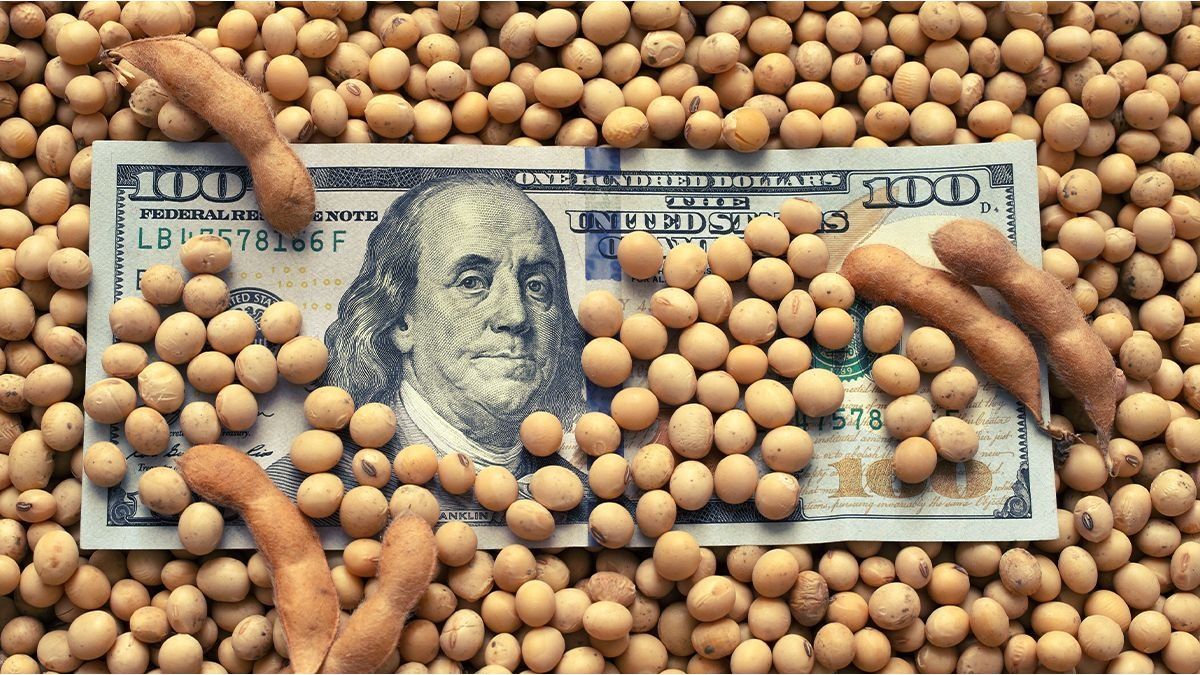Agro-export companies liquidated US$ 1,581 million in June, which represented a year-on-year drop of 59%. The June settlements were 62% lower than those of last May, while in the first six months of last year, the grain-oilseed sector lost sales values abroad by 42%.
The entities maintained that the foreign currency inflow for the month of June “is the result of the meager coarse harvest, strongly impacted by the drought, the culmination of the special dollar of Decree 194/23 and the general economic situation.”
“The monthly income of foreign currency, transformed into pesos, is the mechanism that allows us to continue buying grain from producers at the best possible price,” the statement added.
The chambers explained that “Most of the income of foreign currency occurs well in advance of export, an anticipation that is around 30 days in the case of grain exports and up to 90 days in the case of oil exports and protein flours”.
They also clarified that “statistical comparisons between different periods are generally imprecise or inaccurate since currency settlement is strongly influenced by the commercial cycle of grains, which depends on various and changing exogenous factors such as international price fluctuations.”
The Government ruled out a new soybean dollar
The Secretary of Agriculture, Livestock and FisheriesJuan Jose Bahilloemphasized that at the moment, the Government does not contemplate the implementation of a “soybean dollar“additional or reduction of withholdings. However, he reiterated the importance of addressing the issue tax when conditions are right.
“What I expressed earlier is my personal opinion; I think it is necessary to discuss the issue, but no decision has been made on it in the short term,” Bahillo said of the possibility of lowering withholdings. In addition, he mentioned that this issue could be addressed with more “favorable” conditions.
In this sense, Bahillo stressed that he does not have the “authority to make this type of announcement.” However, he pointed out that the issue has been discussed with the Minister of Economy, Sergio Massa, and they have reflected on it. He stated that the matter deserves a more exhaustive analysis and a more detailed evaluation, after a meeting that his team of agricultural estimates held at the headquarters of the Ministry.
“We have to take into account that, beyond my statements, and it is not that I contradict myself, it is also important to consider the context. Just as it seriously affected the economy of producers, the drought also impacted public finances with a loss of US$20 billion, so we must be very responsible,” Bahillo explained.
However, he stressed that “this does not imply that we stop the analysis or discussion; I simply believe that we must approach it with greater sensitivity and responsibility, understanding that we must begin to follow a path of these characteristics”.
Regarding the implementation of a new soybean dollar“, an exchange regime that on three previous occasions established a differential exchange rate for the soybean complex, Bahillo stated that, so far, he has not received any communication in this regard.
The previous “soybean dollar” was in force during the Export Increase Program (PIE III) from mid-April to the end of May, period in which they were marketed more than eight million tons for a total of US$5,127 million.
Source: Ambito




